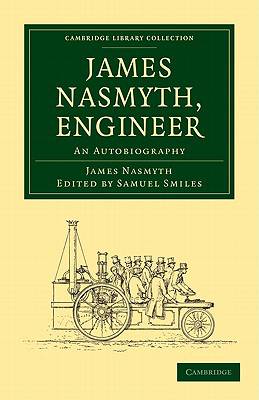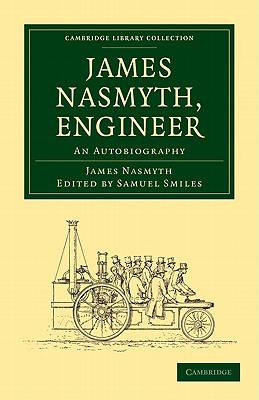
- Afhalen na 1 uur in een winkel met voorraad
- Gratis thuislevering in België vanaf € 30
- Ruim aanbod met 7 miljoen producten
- Afhalen na 1 uur in een winkel met voorraad
- Gratis thuislevering in België vanaf € 30
- Ruim aanbod met 7 miljoen producten
Zoeken
Omschrijving
This autobiography was first published in 1883, and recounts the life of the Scottish scientist and inventor James Nasmyth (1808-1890), who was arguably the last of the early pioneers of the machine tool industry, most famously remembered for his invention of the steam hammer. He also produced and manufactured several other important machine tools, including a hydraulic press which used water pressure to force tight-fitting machine parts together. All of these machines became popular in manufacturing, and all are still in use today in modified forms. Nasmyth retired from business in 1856 at the age of just 48, and pursued his various hobbies including astronomy; he was co-author of The Moon: Considered as a Planet, a World, and a Satellite (1874) with James Carpenter. This autobiography follows a chronological order, and a list of Nasmyth's inventions is given at the end of the book.
Specificaties
Betrokkenen
- Auteur(s):
- Uitgeverij:
Inhoud
- Aantal bladzijden:
- 500
- Taal:
- Engels
- Reeks:
Eigenschappen
- Productcode (EAN):
- 9781108014465
- Verschijningsdatum:
- 10/06/2010
- Uitvoering:
- Paperback
- Formaat:
- Trade paperback (VS)
- Afmetingen:
- 140 mm x 216 mm
- Gewicht:
- 630 g

Alleen bij Standaard Boekhandel
+ 199 punten op je klantenkaart van Standaard Boekhandel
Beoordelingen
We publiceren alleen reviews die voldoen aan de voorwaarden voor reviews. Bekijk onze voorwaarden voor reviews.











